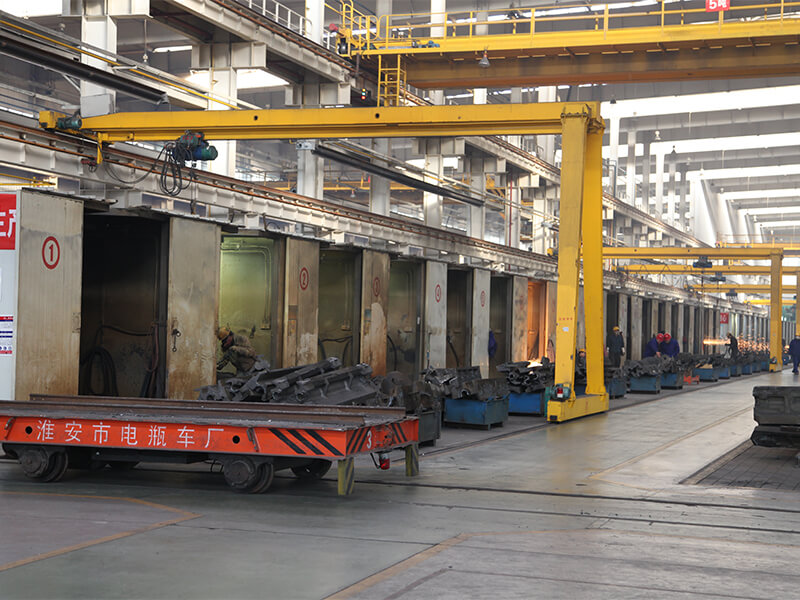- Afrikaans
- Albanian
- Amharic
- Arabic
- Armenian
- Azerbaijani
- Basque
- Belarusian
- Bengali
- Bosnian
- Bulgarian
- Catalan
- Cebuano
- China
- China (Taiwan)
- Corsican
- Croatian
- Czech
- Danish
- Dutch
- English
- Esperanto
- Estonian
- Finnish
- French
- Frisian
- Galician
- Georgian
- German
- Greek
- Gujarati
- Haitian Creole
- hausa
- hawaiian
- Hebrew
- Hindi
- Miao
- Hungarian
- Icelandic
- igbo
- Indonesian
- irish
- Italian
- Japanese
- Javanese
- Kannada
- kazakh
- Khmer
- Rwandese
- Korean
- Kurdish
- Kyrgyz
- Lao
- Latin
- Latvian
- Lithuanian
- Luxembourgish
- Macedonian
- Malgashi
- Malay
- Malayalam
- Maltese
- Maori
- Marathi
- Mongolian
- Myanmar
- Nepali
- Norwegian
- Norwegian
- Occitan
- Pashto
- Persian
- Polish
- Portuguese
- Punjabi
- Romanian
- Russian
- Samoan
- Scottish Gaelic
- Serbian
- Sesotho
- Shona
- Sindhi
- Sinhala
- Slovak
- Slovenian
- Somali
- Spanish
- Sundanese
- Swahili
- Swedish
- Tagalog
- Tajik
- Tamil
- Tatar
- Telugu
- Thai
- Turkish
- Turkmen
- Ukrainian
- Urdu
- Uighur
- Uzbek
- Vietnamese
- Welsh
- Bantu
- Yiddish
- Yoruba
- Zulu
सप्टेंबर . 07, 2024 13:38 Back to list
Cast Aluminum Alloys - Properties, Applications, and Benefits
The Role of Cast Aluminum Alloys in Modern Manufacturing
Cast aluminum alloys play a crucial role in contemporary manufacturing, offering a unique combination of lightweight properties, excellent corrosion resistance, and good mechanical strength. Their versatility makes them suitable for a wide range of applications, from automotive components to household items. Understanding their characteristics and advantages is essential for manufacturers aiming to innovate and optimize their products.
Composition and Types of Cast Aluminum Alloys
Aluminum alloys are primarily categorized into two groups wrought and cast. Cast aluminum alloys, as the name suggests, are processed by melting aluminum and pouring it into molds to create desired shapes. They are further classified into two main categories, wrought alloys (series 1xx.x to 8xx.x) and cast alloys (series 1xx.x to 7xx.x).
Within the cast aluminum category, the common types include A356, A380, and A413. Each of these alloys has its specific applications based on its properties. For instance, A380 is known for its exceptional fluidity and is widely used in die-casting processes. A356, on the other hand, offers a good balance of strength and ductility, making it ideal for applications requiring improved mechanical properties.
Advantages of Cast Aluminum Alloys
One of the most significant advantages of cast aluminum alloys is their low density compared to other metals, such as steel. The lightweight nature of aluminum contributes to energy efficiency, especially in the automotive and aerospace industries where reducing weight can lead to lower fuel consumption and enhanced performance.
cast al alloys

Additionally, aluminum alloys exhibit excellent corrosion resistance, which is a critical factor in marine and outdoor applications. This property is due to the formation of a protective oxide layer on the surface of the aluminum, which prevents further oxidation.
Cast aluminum alloys also demonstrate good thermal and electrical conductivity. These properties make them suitable for various applications, including heat exchangers and electrical housings.
Applications of Cast Aluminum Alloys
Cast aluminum alloys are employed in numerous industries. The automotive sector significantly benefits from these materials, using them for engine blocks, transmission cases, and structural components. The aerospace industry also utilizes cast aluminum in brackets, fuselage components, and wing structures due to its strength-to-weight ratio.
In addition to these industries, cast aluminum alloys are commonly used in consumer products such as cookware, lighting fixtures, and decorative items. Their ability to be easily cast into complex shapes enables designers and manufacturers to create aesthetically pleasing and functional products.
Conclusion
In conclusion, cast aluminum alloys are indispensable in modern manufacturing, providing a combination of lightweight, strength, and resistance to corrosion. Their diverse range of alloys allows for the optimization of products across various industries, ensuring that both performance and aesthetic demands are met. As technology progresses, the development of new casting techniques and aluminum compositions will likely expand the capabilities and applications of these versatile materials, further solidifying their role in the future of manufacturing. Embracing and understanding the potential of cast aluminum alloys is vital for manufacturers aiming to lead in innovation and efficiency.
-
Ductile Iron Casting Solutions High-Strength & Corrosion-Resistant
NewsMay.13,2025
-
Custom Low Nitrogen Condensing Gas Boilers for Domestic Hot Water
NewsMay.13,2025
-
EN877 Grey Cast Iron Pipe Casting Custom Epoxy Coating Solutions
NewsMay.12,2025
-
Cast Silicon Aluminum Heat Exchanger for Commercial Boilers High Efficiency
NewsMay.12,2025
-
Custom Colloidal Silica Casting High-Precision & Durable Solutions
NewsMay.11,2025
-
Premium Metal Sand Casting Services Custom & ODM Solutions
NewsMay.11,2025


